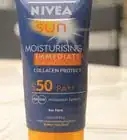X
This article was medically reviewed by Jennifer Boidy, RN. Jennifer Boidy is a Registered Nurse in Maryland. She received her Associate of Science in Nursing from Carroll Community College in 2012.
There are 16 references cited in this article, which can be found at the bottom of the page.
This article has been viewed 110,592 times.
Would you like to have smooth, attractive legs? There are a variety of creams that can be used, but doing everything in a specific order is key. With effort and patience, you could be on your way to perfect legs.
Steps
Part 1
Part 1 of 3:
Choosing the Cream
-
1Be delicate with sensitive skin. Try a product without harsh chemicals or much alcohol. Something with aloe, Shea butter, and oats works nicely. There are a few great home remedies for sensitive skin.[1]
- Use something with sweet honey. It works as a great moisturizer and smells wonderful.[2]
- Mix oatmeal with enough warm water to make a paste or cream. This will remove excess oil and dead skin cells.[3]
- Try rose water. Rose water can help reinvigorate skin, and it has antibacterial properties.[4] It may even help fight wrinkles.[5]
-
2Moisturize dry skin. Dry legs thirst for moisture, so try a product with Shea butter for a variety of benefits (e.g. moisturizing, reduced inflammation, smoother skin) and perks (e.g. antioxidants, increased collagen production).[6] If your skin is itching, try adding rose oil for a cooling effect.[7] Maybe even include some willow bark which could provide additional inflammation aid.
- For the best results, apply your moisturizer immediately after bathing or showering while your skin is damp to help trap in moisture.[8]
Advertisement -
3Disguise cellulite. If you have a problem with cellulite, try a cellulite reduction cream/gel, also known as an anti-cellulite cream. It could take a month or more to work, but if you are patient and consistent you could see improvement.[9]
- Consider using a moisturizing self-tanning lotion. Bronzing your skin can help disguise the appearance of cellulite.
-
4Beat skin bumps. Whether you have minor bumps here and there or something like keratosis pilaris — a skin condition causing tiny bumps and dry skin — your legs won’t be smooth until you rid yourself of all the ups and downs.[10] Try one of the following methods to cut down on the bumps:
- Use a cream with lactic acid. Acids help exfoliate dead skin so your moisturizer is more effective[11]
- Glycolic acid is another great option. Start with a low-percentage glycolic acid cream at night. You should see results in a few weeks.[12]
- Take care of other blemishes. Treat boils, get rid of warts, eliminate skin tags, and rid yourself of psoriasis.
- Use a cream with urea. These creams have moisturizing properties and soften the top layer of protective skin.[13]
Advertisement
Part 2
Part 2 of 3:
Preparing Your Legs
-
1Wash and exfoliate your legs. Before even putting a razor to your legs, be sure to remove the dead skin cells. An added benefit of exfoliation is it raises the hairs, making them easier to shave. Make sure nothing impedes the ensuing razor swipes.
-
2Shave your legs. It sounds simpler than it really is. There are a few ways to maximize your shaving efforts towards perfect legs.[14]
- Before shaving in the shower, give the heat and moisture time to open up your pores and make your hair softer.
- Nighttime shaving is best for smooth legs. There are a variety of reparative functions when you sleep, and shaving at night before bed may help the hairs recede some.
- Be sure to use shaving cream or other lather that is not soap to assist when shaving.
- Use a good, fresh razor. Avoid the nicks and cuts, or worse, tugging of hair, by using a multi-blade razor that is replaced fairly regularly.
- Go with the grain, then against it. This makes the blade-strokes easier, the cuts simpler, and the likelihood of issues.
-
3Dry your skin, but not fully. Moisturizer forms a thin layer that helps do many things, including sealing in moisture. Using a leg cream just after a shower, when your legs are still damp, helps lock it in.[15]
Advertisement
Part 3
Part 3 of 3:
Applying the Cream
-
1Wait no more than three minutes to apply your leg cream. After the shower, there is only so much time before the moisture dries on your legs and dissipates. Wait too long and your skin may become dry enough that it not only loses the available moisture to be trapped, but it also invites the potential for allergens and bacteria.[16]
-
2Use a pea-sized dollop to start. Most dermatologists seem to recommend starting out with a pea-sized amount and working your way up to more as necessary. You don’t want to leave your legs feeling oily, so use as little as necessary.
-
3Spread lotion onto your legs. Put extra lotion on the knees to reduce roughness and darkness, and be sure to gently rub it in. Apply liberally in the driest areas.
-
4Pour some baby oil on your legs for the extra morning shine. Using a soft cloth so as to not aggravate the skin, spread the baby oil all over the leg. Repeat on the other leg, using any excess from the first leg.
-
5Repeat the steps above consistently. Results will not be something that happens overnight. Try to create a consistent habit so you can see positive results.
Advertisement
Expert Q&A
-
QuestionHow can you stop itchy legs?
 Jennifer Boidy, RNJennifer Boidy is a Registered Nurse in Maryland. She received her Associate of Science in Nursing from Carroll Community College in 2012.
Jennifer Boidy, RNJennifer Boidy is a Registered Nurse in Maryland. She received her Associate of Science in Nursing from Carroll Community College in 2012.
Registered Nurse Dry skin is often the culprit of itchy legs. Keeping them well-moisturized should help with itching due to dryness. If you have areas that are itchy that appear to be a rash, consult with your doctor. Rashes are caused by inflammation of the skin, and may indicate you have a condition, such as eczema. Your doctor can advise the most appropriate treatment.
Dry skin is often the culprit of itchy legs. Keeping them well-moisturized should help with itching due to dryness. If you have areas that are itchy that appear to be a rash, consult with your doctor. Rashes are caused by inflammation of the skin, and may indicate you have a condition, such as eczema. Your doctor can advise the most appropriate treatment. -
QuestionWhen applying cream to my legs — is it correct to apply upwards towards the heart or downwards?
 Jennifer Boidy, RNJennifer Boidy is a Registered Nurse in Maryland. She received her Associate of Science in Nursing from Carroll Community College in 2012.
Jennifer Boidy, RNJennifer Boidy is a Registered Nurse in Maryland. She received her Associate of Science in Nursing from Carroll Community College in 2012.
Registered Nurse Either direction is effective and safe. Just apply in the manner that is most comfortable to you.
Either direction is effective and safe. Just apply in the manner that is most comfortable to you.
Advertisement
Warnings
- When shaving, make sure to use shaving cream so your legs won't get too dehydrated.⧼thumbs_response⧽
- If you're young and your parents don't let you shave, then avoid the shaving portion of the methods.⧼thumbs_response⧽
- After using any of the creams, be sure to wash your hands.⧼thumbs_response⧽
- Keep all cream products out of your eyes.⧼thumbs_response⧽
Advertisement
Things You'll Need
- Whatever type of lotion that best suits your skin type and needs
- Warm water.
- Body soap.
- Multi-blade razor.
References
- ↑ http://www.searchhomeremedy.com/best-home-remedies-for-sensitive-skin/
- ↑ http://stylecaster.com/beauty/shaving-cream-alternatives/
- ↑ http://www.goodhousekeeping.com/beauty/anti-aging/tips/g1704/oatmeal-uses-skin-460809/?slide=2
- ↑ https://www.ncbi.nlm.nih.gov/pmc/articles/PMC3586833/
- ↑ http://food.ndtv.com/beauty/10-benefits-of-rose-water-you-need-to-know-1239785
- ↑ http://www.naturepurity.com/holistic/sheabutter.html
- ↑ http://www.nyrnaturalnews.com/article/rose-oil-healing-uplifting-and-utterly-romantic/
- ↑ http://www.mayoclinic.org/diseases-conditions/dry-skin/in-depth/moisturizers/art-20044232?pg=2
- ↑ http://abcnews.go.com/GMA/story?id=125038&page=1
- ↑ http://www.mayoclinic.org/diseases-conditions/keratosis-pilaris/home/ovc-20168343
- ↑ http://www.vogue.com/2488737/dry-skin-best-body-lotions-curel-amlactin-lac-hydrin/
- ↑ http://www.glycolicacid.com/glycolic-acid-creams.html
- ↑ http://www.webmd.com/drugs/2/drug-77403/hydrophilic-cream-urea-topical/details
- ↑ http://www.goodhousekeeping.com/beauty/anti-aging/tips/a20754/mistakes-shaving-your-legs/
- ↑ http://www.prevention.com/beauty/how-apply-anti-aging-products
- ↑ http://www.huffingtonpost.com/2015/04/14/showering-mistakes-_n_7065204.html
About This Article
Advertisement

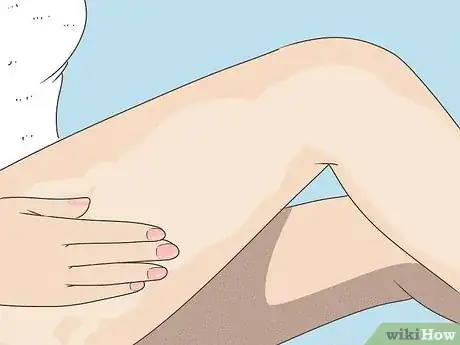
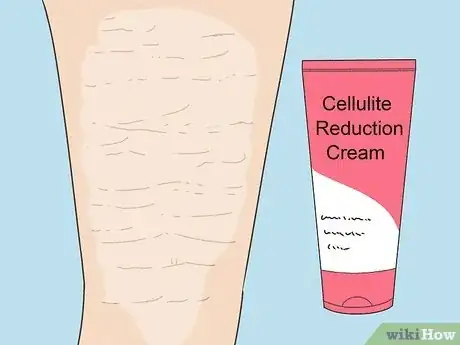
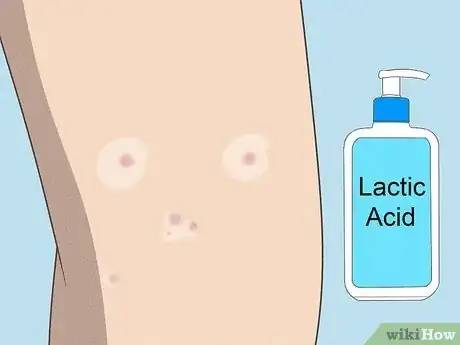
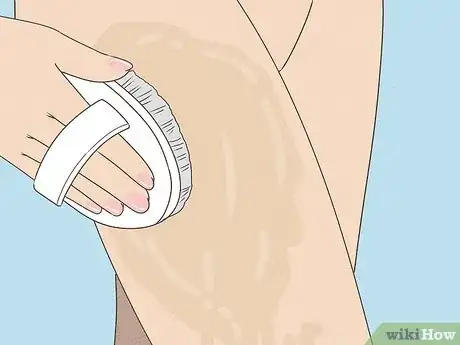
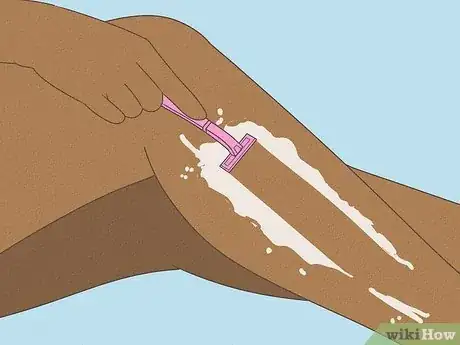
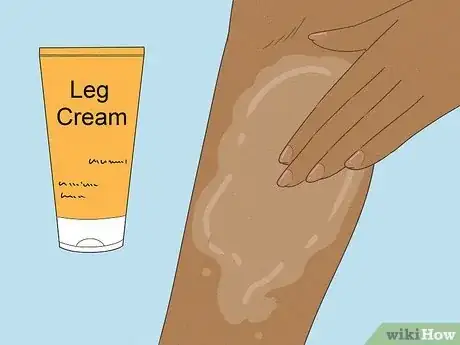
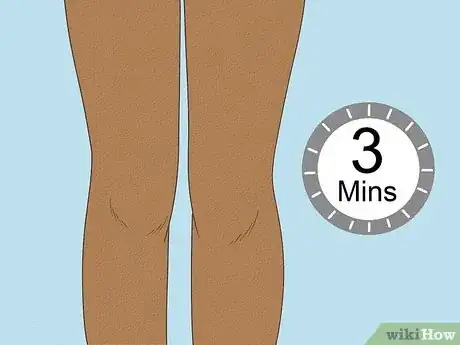
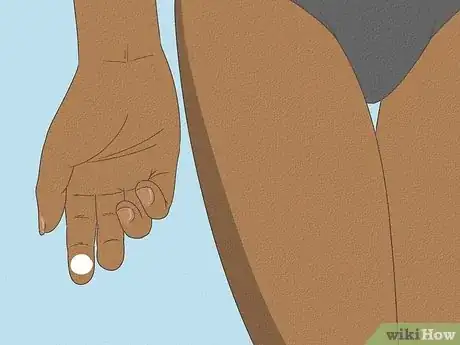
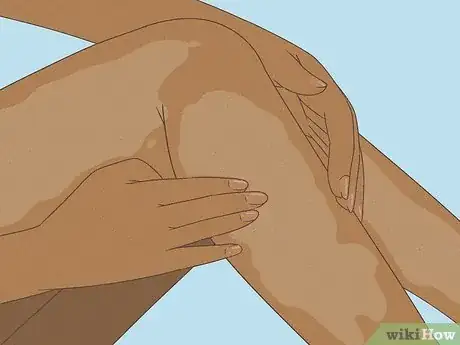
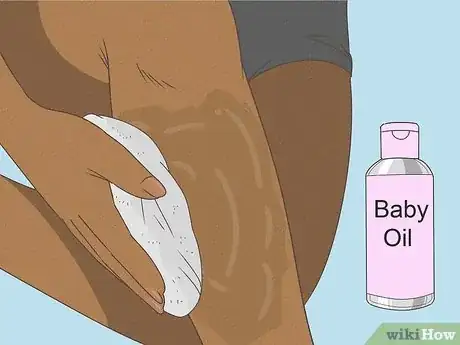
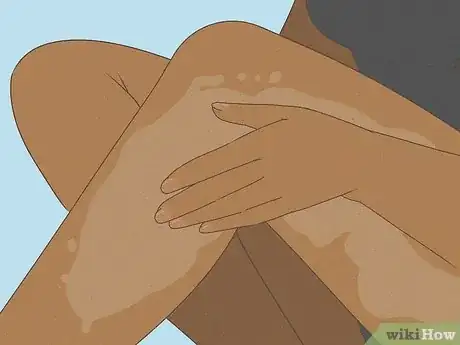


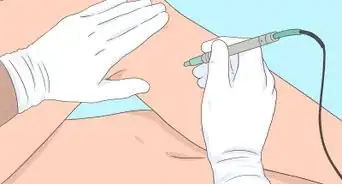
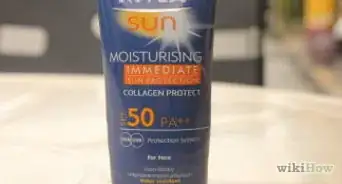
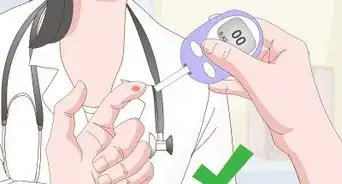


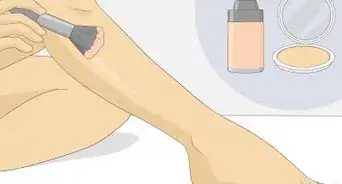
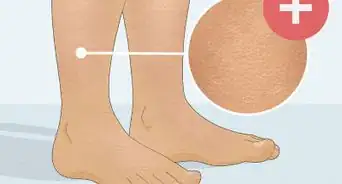


-Step-13-Version-3.webp)










